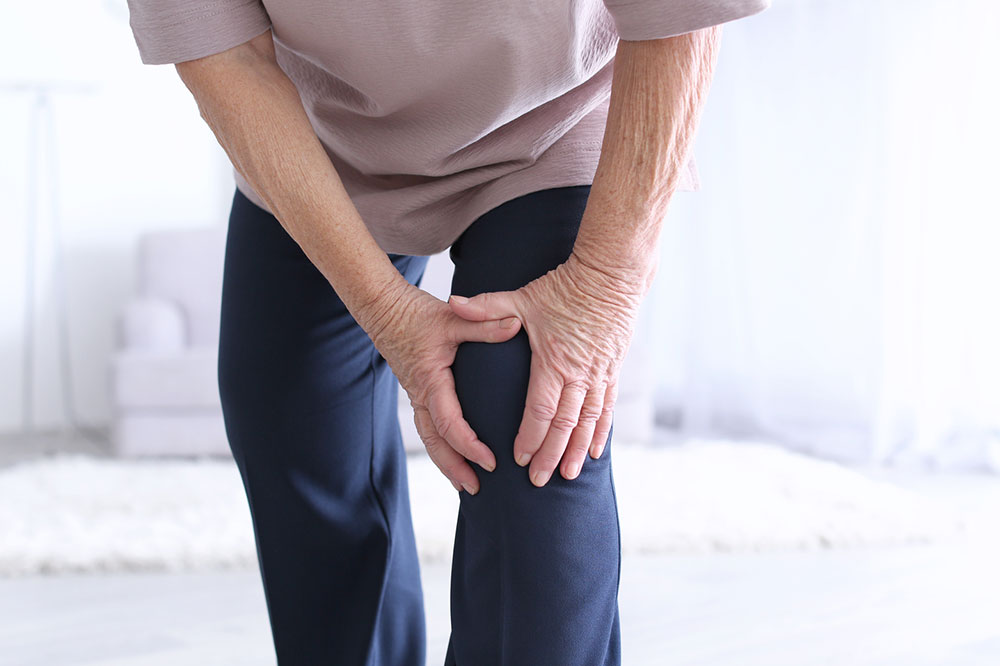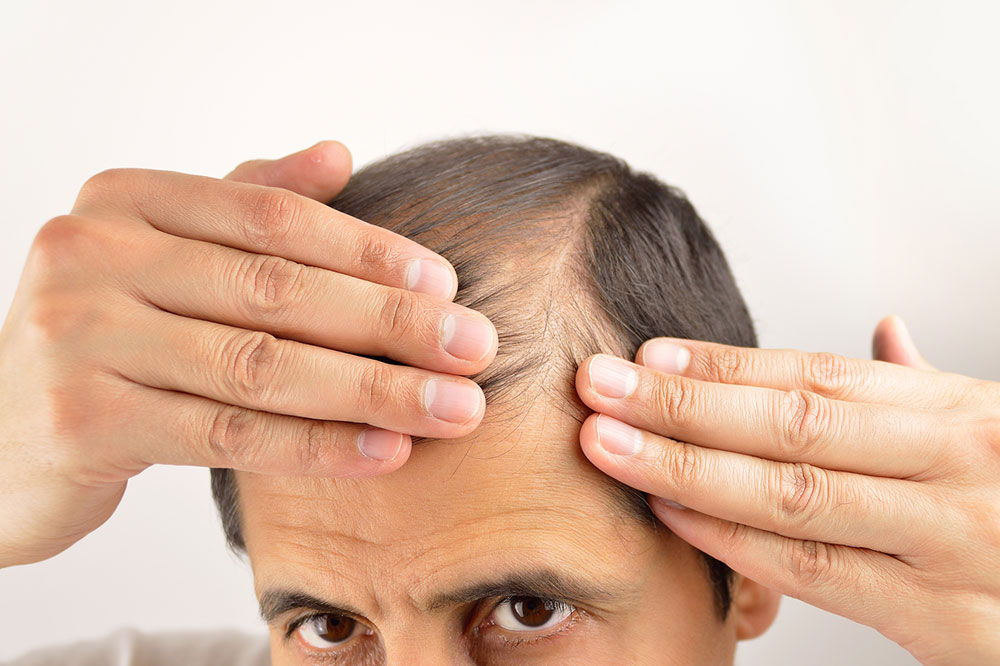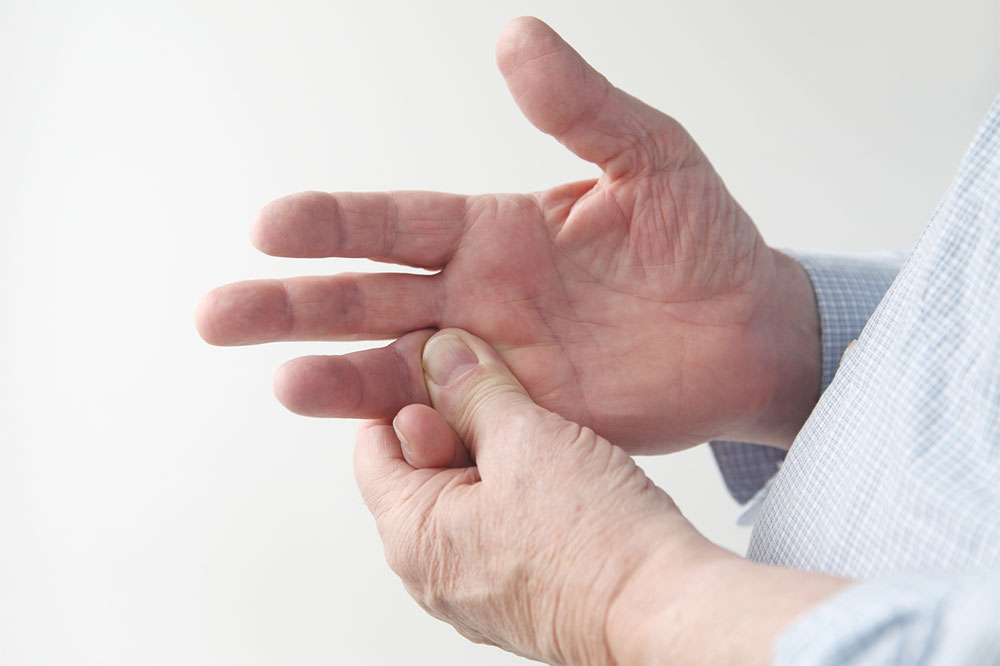3 popular flame-resistant clothing designed for safety

Flame-resistant clothing is designed to protect people from flames and thermal exposure. They are not fireproof but substantially reduce the risk of burns as they are designed to self-extinguish upon ignition. The NFPA has established a Hazard Risk Category that specifies the level of protection a material offers, and flame-resistant clothing is labeled with this. The higher the rating, the more effective its protection.
Here are some of the top flame-resistant clothing options for individuals working in hazardous industries:
Ariat FR Jeans
Non-FR denim was a popular choice in the utilities industry and was believed to provide the necessary protection from arc flashes. However, the Occupational Safety and Health Administration (OSHA) updated the norms in 2015. This meant that denim could be used in the utilities industry only if it met OSHA’s protective requirements. You can rely on manufacturers like Ariat FR jeans to combine protection with appearance and functionality. Their jeans are NFPA 70E and NFPA 2112 compliant and are made from ultra-soft cotton denim. They are equipped with durable belt loops and extra deep front pockets and are available in straight leg and boot cut options.
NSA Hi-Vis Hybrid Henley Shirt
Workers in some industries need to work in poor visibility, so employers need to provide high-visibility clothing for their worker’s safety. Today hi-vis clothing is available in a variety of styles like vests and T-shirts. They also come in different types of garments. This flame-resistant clothing option from NSA is one of the top hi-vis safety gear. It is made from lightweight, soft, and multi-hazard fabric and has a 3 button placket. It is an ANSI/ISEA 107 Type R Class 3 apparel that is also NFPA 70E and NFPA 2112 compliant.
MCR Safety FR™ Contractor Coverall
Workers in the oil and gas or other hazardous industries spend long hours in areas at risk of fires due to mishaps, so wearing the right kind of coveralls is vital. The MCR Safety FR™ gear is a comfortable flame-resistant clothing option, thanks to its Bi-swing action back gussets. It is made of cotton and is NFPA 70E and NFPA 2112 compliant. This coverall has a protective storm flap and side pass with snap closure, a tool pocket, and two needle reinforced stitching for better durability. Plus, all MCR flame-resistant clothing options have a lifetime guarantee and are UL certified.







